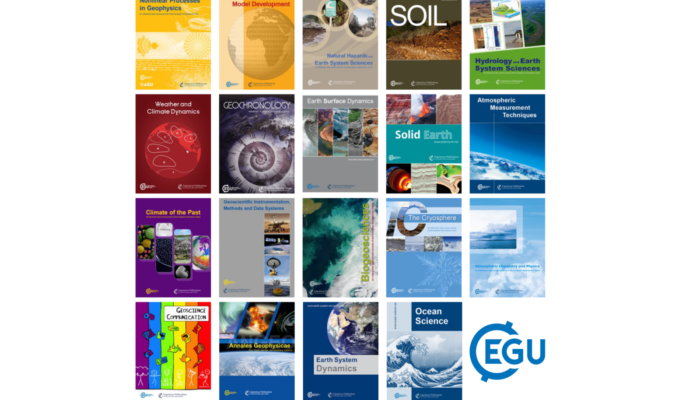Each month we feature specific Divisions of EGU and during the monthly GeoRoundup we will be putting the journals that publish science from those Divisions at the top of the Highlights roundup. For May, the Divisions we are featuring are: Geodynamics (GD) and Earth Magnetism and Rock Physics (EMRP). They are served by the journals: Geoscientific Model Development (GMD) and Solid Earth. Featured hi ...[Read More]
GeoRoundup: the highlights of EGU Journals published during March!
Each month we feature specific Divisions of EGU and during the monthly GeoRoundup we will be putting the journals that publish science from those Divisions at the top of the Highlights roundup. For March as we approach the General Assembly we are not highlighting any specific Division, so this month our GeoRoundup Journals will be alphabetical! All highlights for March Annales Geophy ...[Read More]
GeoRoundup: the highlights of EGU Journals published during February!
Each month we feature specific Divisions of EGU and during the monthly GeoRoundup we will be putting the journals that publish science from those Divisions at the top of the Highlights roundup. For February, the Divisions we are featuring are: Geosciences Instrumentation and Data Systems (GI), Planetary & Solar System Sciences (PS) and Solar-Terrestrial Sciences (ST). They are served by the jo ...[Read More]
GeoRoundup: the highlights of EGU Journals published during January!
Each month we feature specific Divisions of EGU and during the monthly GeoRoundup we will be putting the journals that publish science from those Divisions at the top of the Highlights roundup. For January, the Divisions we are featuring are: Atmospheric Sciences (CR), and Earth and Space Science Informatics (ESSI). They are served by the journals: Geoscientific Model Development (GMD), Annales Ge ...[Read More]

